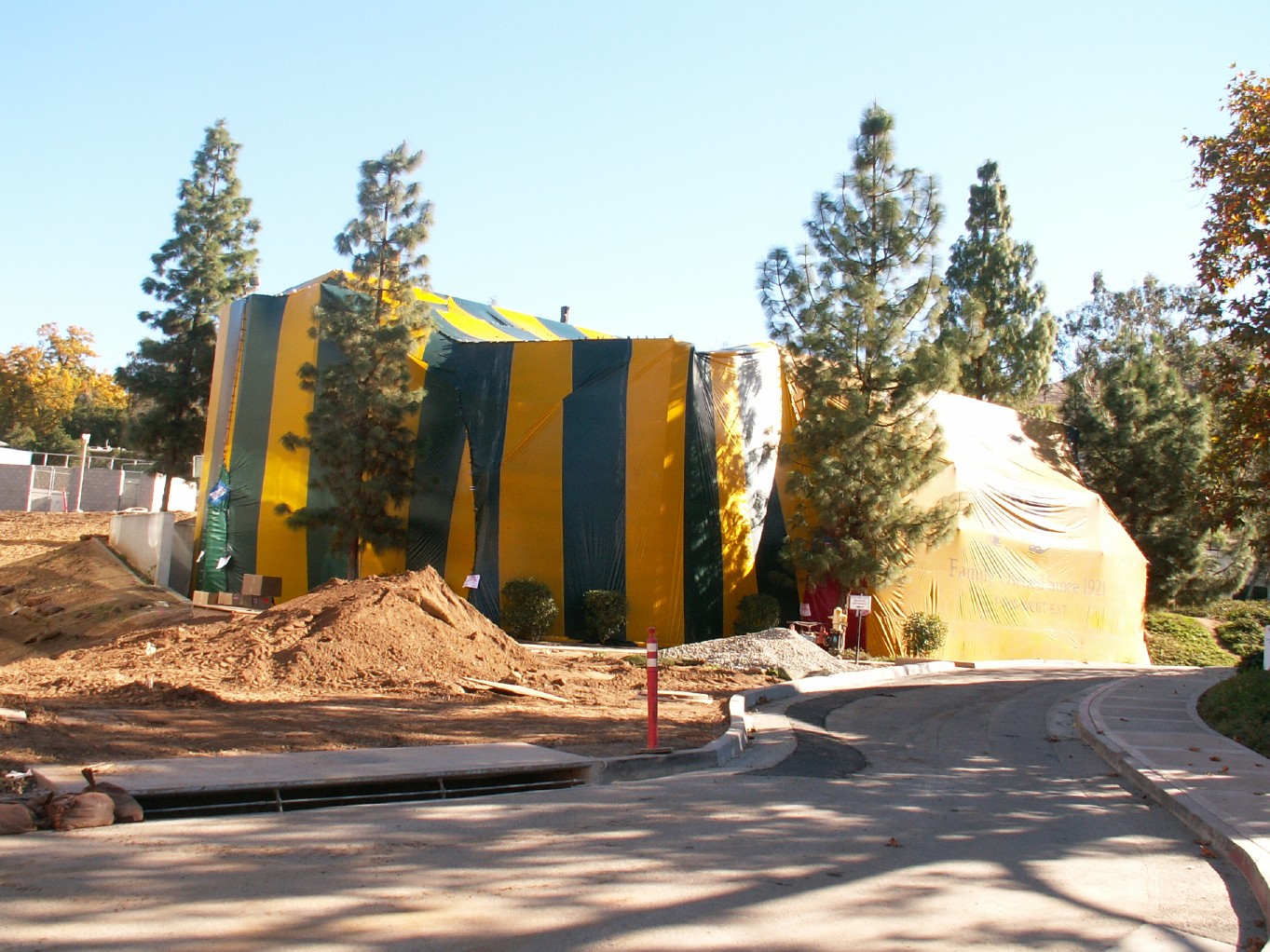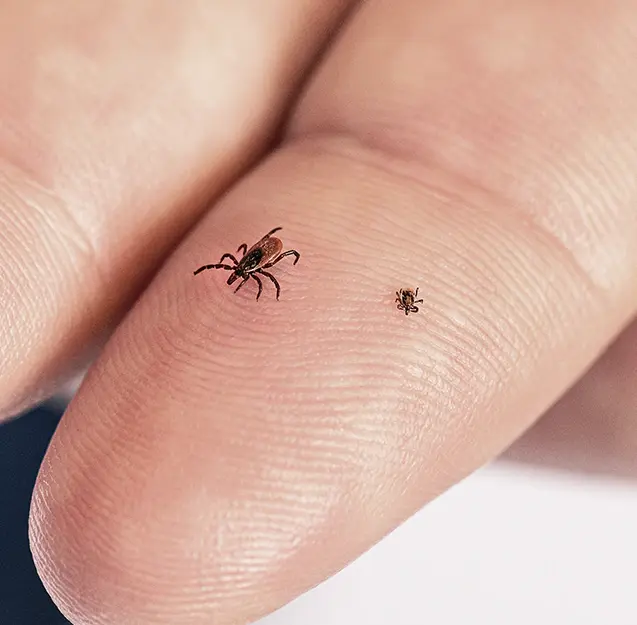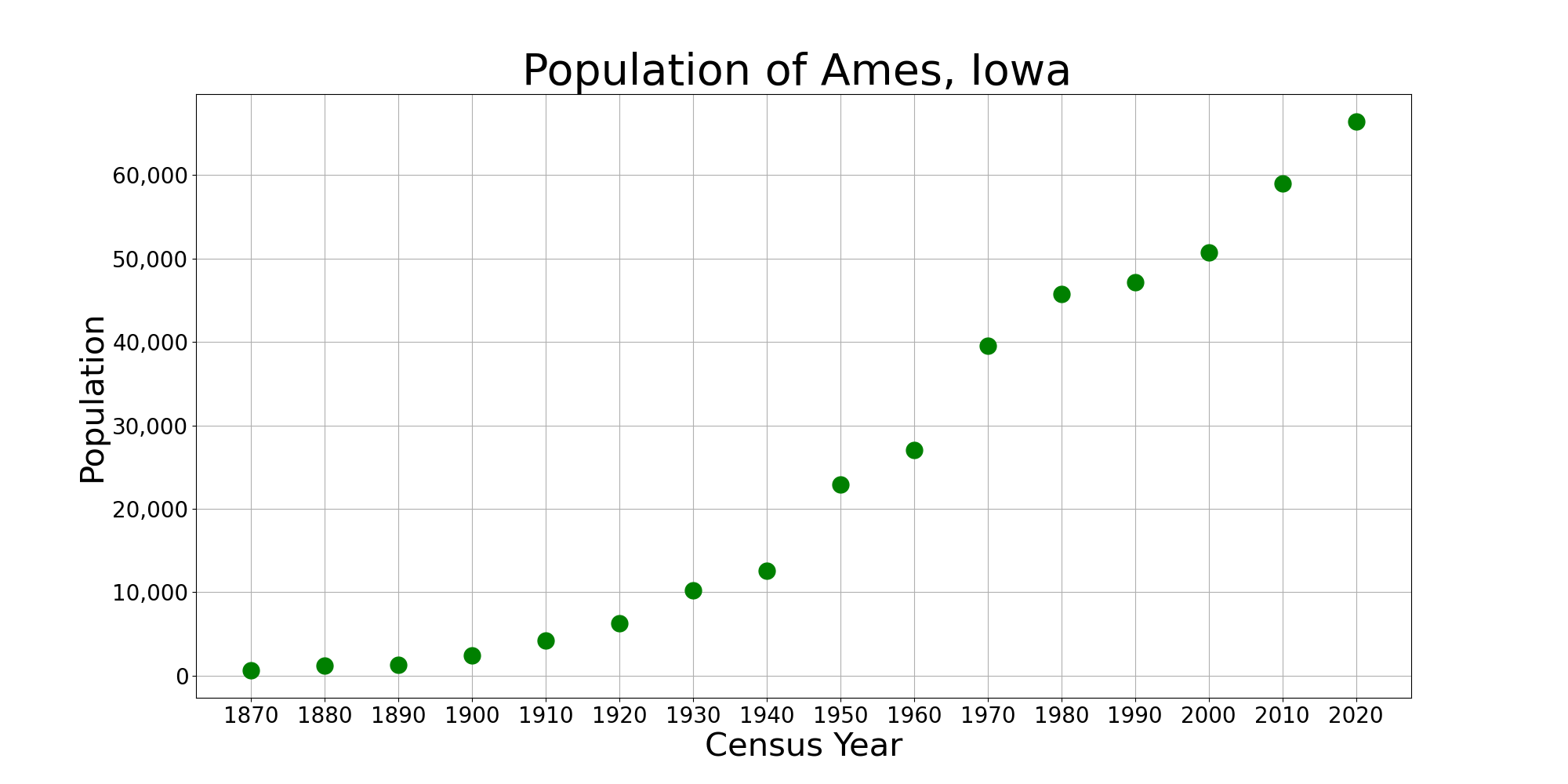|
Comstockaspis Perniciosa
The San Jose scale or China scale (''Comstockaspis perniciosa'') is a Hemiptera, hemipterous insect in the family Diaspididae. It is an agricultural Pest (organism), pest as it causes damage and crop losses to many fruit crops. In 1914, this species became the first documented case of insecticide resistance.Melander, A. L. 1914. "Can Insects Become Resistant to Sprays?" Journal of Economic Entomology. Volume 7, Number 2 Distribution This species originated in Siberia, north east China and the northern part of the Korean peninsula. It has spread to every continent except Antarctica and is a major pest of fruit trees. Arrival in the United States The San Jose scale derives its popular name from San Jose, California where John Henry Comstock, Comstock discovered and named it in 1881. It has been considered the most pernicious scale insect in the United States. It was probably introduced at San Jose about 1870 on trees imported from China by James Lick. By 1890, it had spread over th ... [...More Info...] [...Related Items...] OR: [Wikipedia] [Google] [Baidu] |
John Henry Comstock
John Henry Comstock (February 24, 1849 – March 20, 1931) was an eminent researcher in entomology and arachnology and a leading educator. His work provided the basis for classification of butterflies, moths, and scale insects. Career Comstock was born on February 24, 1849, in Janesville, Wisconsin. He entered Cornell University as a student in 1869, a year after the school was founded. He also took classes at Harvard University in the summer of 1872 and at Yale University in 1875. In 1871, while still a student, Comstock became an assistant to professor Burton Green Wilder. In 1872, in the absence of a professor in entomology, students submitted a petition requesting that Comstock be given permission to deliver a course of lectures upon "Insects Injurious to Vegetation". The lectures were successful, and Comstock was appointed instructor of entomology in 1873. He received his Bachelor of Science in June 1874, and was made an assistant professor in 1876. In 1878 Comstock marr ... [...More Info...] [...Related Items...] OR: [Wikipedia] [Google] [Baidu] |
Japan
Japan is an island country in East Asia. Located in the Pacific Ocean off the northeast coast of the Asia, Asian mainland, it is bordered on the west by the Sea of Japan and extends from the Sea of Okhotsk in the north to the East China Sea in the south. The Japanese archipelago consists of four major islands—Hokkaido, Honshu, Shikoku, and Kyushu—and List of islands of Japan, thousands of smaller islands, covering . Japan has a population of over 123 million as of 2025, making it the List of countries and dependencies by population, eleventh-most populous country. The capital of Japan and List of cities in Japan, its largest city is Tokyo; the Greater Tokyo Area is the List of largest cities, largest metropolitan area in the world, with more than 37 million inhabitants as of 2024. Japan is divided into 47 Prefectures of Japan, administrative prefectures and List of regions of Japan, eight traditional regions. About three-quarters of Geography of Japan, the countr ... [...More Info...] [...Related Items...] OR: [Wikipedia] [Google] [Baidu] |
United States Department Of Agriculture
The United States Department of Agriculture (USDA) is an executive department of the United States federal government that aims to meet the needs of commercial farming and livestock food production, promotes agricultural trade and production, works to assure food safety, protects natural resources, fosters rural communities and works to end hunger in the United States and internationally. It is headed by the secretary of agriculture, who reports directly to the president of the United States and is a member of the president's Cabinet. The current secretary is Brooke Rollins, who has served since February 13, 2025. Approximately 71% of the USDA's $213 billion budget goes towards nutrition assistance programs administered by the Food and Nutrition Service (FNS). The largest component of the FNS budget is the Supplemental Nutrition Assistance Program (formerly known as the 'Food Stamp' program), which is the cornerstone of USDA's nutrition assistance. The United Stat ... [...More Info...] [...Related Items...] OR: [Wikipedia] [Google] [Baidu] |
Fumigation
Fumigation is a method of pest control or the removal of harmful microorganisms by completely filling an area with gaseous pesticides, or fumigants, to suffocate or poison the pests within. It is used to control pests in buildings (structural fumigation), soil, grain, and produce. Fumigation is also used during the processing of goods for import or export to prevent the transfer of exotic organisms. Structural fumigation targets pests inside buildings (usually residences), including pests that inhabit the physical structure itself, such as woodborers and drywood termites. Commodity fumigation, on the other hand, is also to be conducted inside a physical structure, such as a storage unit, but it aims to eliminate pests from infesting physical goods, usually food products, by killing pests within the container which will house them. Each fumigation lasts for a certain duration. This is because after spraying the pesticides, or fumigants, only the pests around are eradicated. ... [...More Info...] [...Related Items...] OR: [Wikipedia] [Google] [Baidu] |
Bureau Of Entomology
The Bureau of Entomology was a unit within the Federal government of the United States from 1894 to 1934. It developed from a section of the Department of Agriculture which had been working on entomological researches and allied issues relating to insects. In 1934 it was merged with the Bureau of Plant Quarantine to form the Bureau of Entomology and Plant Quarantine. A later merger with the Bureau of Animal Industry created the Agricultural Research Service in 1953. Early developments The American Entomological Society was organized at Philadelphia in 1859, incorporated in 1862, and known until 1867 as the Entomological Society of Philadelphia. On Friday, May 18, 1866, Mr. O'Neill requested an appropriation from the Congress of the United States to maintain the organization's publication ''Practical Entomologist.'' The request for Federal funds established a connection between the organization and the Federal government. The Department of Agriculture was created on July 1, 1862. ... [...More Info...] [...Related Items...] OR: [Wikipedia] [Google] [Baidu] |
Nymph (biology)
In biology, a nymph (from Ancient Greek wikt:νύμφα, νύμφα ''nūmphē'' meaning "bride") is the juvenile (organism), juvenile form of some invertebrates, particularly insects, which undergoes gradual metamorphosis (biology), metamorphosis (hemimetabolism) before reaching its adult stage. Unlike a typical larva, a nymph's overall form already resembles that of the adult, except for a lack of wings (in winged species) and the emergence of genitalia. In addition, while a nymph ecdysis, moults, it never enters a pupal stage. Instead, the final moult results in an adult insect. Nymphs undergo multiple stages of development called instars. Taxa with nymph stages Many species of Arthropod, arthropods have nymph stages. This includes the insect orders such as Orthoptera (cricket (insect), crickets, grasshoppers and locusts), Hemiptera (cicadas, shield bugs, Whitefly, whiteflies, aphids, leafhoppers, froghoppers, treehoppers), mayfly, mayflies, termites, cockroaches, mantises, ... [...More Info...] [...Related Items...] OR: [Wikipedia] [Google] [Baidu] |
Instar
An instar (, from the Latin '' īnstar'' 'form, likeness') is a developmental stage of arthropods, such as insects, which occurs between each moult (''ecdysis'') until sexual maturity is reached. Arthropods must shed the exoskeleton in order to grow or assume a new form. Differences between instars can often be seen in altered body proportions, colors, patterns, changes in the number of body segments or head width. After shedding their exoskeleton (moulting), the juvenile arthropods continue in their life cycle until they either pupate or moult again. The instar period of growth is fixed; however, in some insects, like the salvinia stem-borer moth, the number of instars depends on early larval nutrition. Some arthropods can continue to moult after sexual maturity, but the stages between these subsequent moults are generally not called instars. For most insect species, an ''instar'' is the developmental stage of the larval forms of holometabolous (complete metamorphism) or ny ... [...More Info...] [...Related Items...] OR: [Wikipedia] [Google] [Baidu] |
Deciduous
In the fields of horticulture and botany, the term deciduous () means "falling off at maturity" and "tending to fall off", in reference to trees and shrubs that seasonally shed Leaf, leaves, usually in the autumn; to the shedding of petals, after flowering; and to the shedding of ripe fruit. The antonym of deciduous in the botanical sense is evergreen. Generally, the term "deciduous" means "the dropping of a part that is no longer needed or useful" and the "falling away after its purpose is finished". In plants, it is the result of natural processes. "Deciduous" has a similar meaning when referring to animal parts, such as deciduous antlers in deer, deciduous teeth (baby teeth) in some mammals (including humans); or decidua, the uterine lining that sheds off after birth. Botany In botany and horticulture, deciduous plants, including trees, shrubs and herbaceous perennials, are those that lose all of their Leaf, leaves for part of the year. This process is called abscission. I ... [...More Info...] [...Related Items...] OR: [Wikipedia] [Google] [Baidu] |
Exuvia
In biology, exuviae are the remains of an exoskeleton and related structures that are left after ecdysozoans (including insects, crustaceans and arachnids) have molted. The exuviae of an animal can be important to biologists as they can often be used to identify the species of the animal and even its sex. As studying insects, crustaceans, or arachnids directly is not always possible, and because exuviae can be collected fairly easily, they can play an important part in helping to determine some general aspects of a species' overall life cycle such as distribution, sex ratio, production, and proof of breeding in a habitat. Exuviae have been suggested as a "gold standard" for insect monitoring. For instance, when monitoring dragonfly populations, the presence of exuviae of a species demonstrates that the species has completed its full life cycle from egg to adult in a habitat. However, it has also been suggested that the fact that exuviae can be hard to find could lead to an und ... [...More Info...] [...Related Items...] OR: [Wikipedia] [Google] [Baidu] |
Popular Science Monthly
Popular science (also called pop-science or popsci) is an interpretation of science intended for a general audience. While science journalism focuses on recent scientific developments, popular science is more broad ranging. It may be written by professional science journalists or by scientists themselves. It is presented in many forms, including books, film and television documentaries, magazine articles, and web pages. History Before the modern specialization and professionalization of science, there was often little distinction between "science" and "popular science", and works intended to share scientific knowledge with a general reader existed as far back as Greek and Roman antiquity. Without these popular works, much of the scientific knowledge of the era might have been lost. For example, none of the original works of the Greek astronomer Eudoxus (4th century BC) have survived, but his contributions were largely preserved due to the didactic poem ''Phenomena'' written ... [...More Info...] [...Related Items...] OR: [Wikipedia] [Google] [Baidu] |
Ames, Iowa
Ames () is a city in Story County, Iowa, United States, located approximately north of Des Moines, Iowa, Des Moines in central Iowa. It is the home of Iowa State University (ISU). According to the 2020 United States census, 2020 census, Ames had a population of 66,427, making it the state's List of cities in Iowa, ninth-most populous city. Iowa State University was home to 30,177 students as of fall 2023, which make up approximately one half of the city's population. A United States Department of Energy national laboratory, Ames Laboratory, is located on the ISU campus. Ames also hosts United States Department of Agriculture (USDA) sites: the largest federal animal disease center in the United States, the USDA Agricultural Research Service's National Animal Disease Center (NADC), as well as one of two national USDA sites for the Animal and Plant Health Inspection Service (APHIS), which comprises the National Veterinary Services Laboratory and the Center for Veterinary Biologics. ... [...More Info...] [...Related Items...] OR: [Wikipedia] [Google] [Baidu] |





